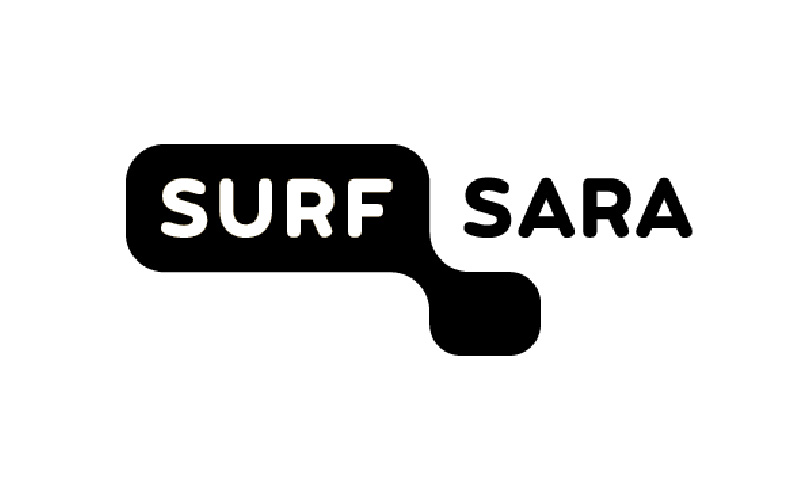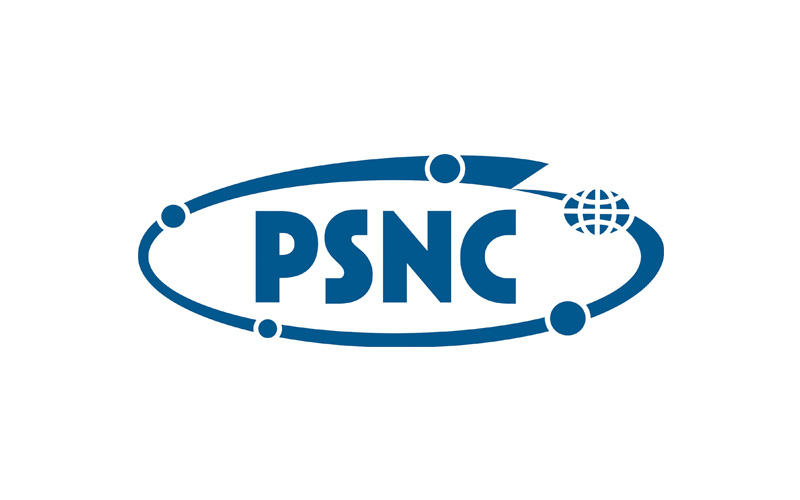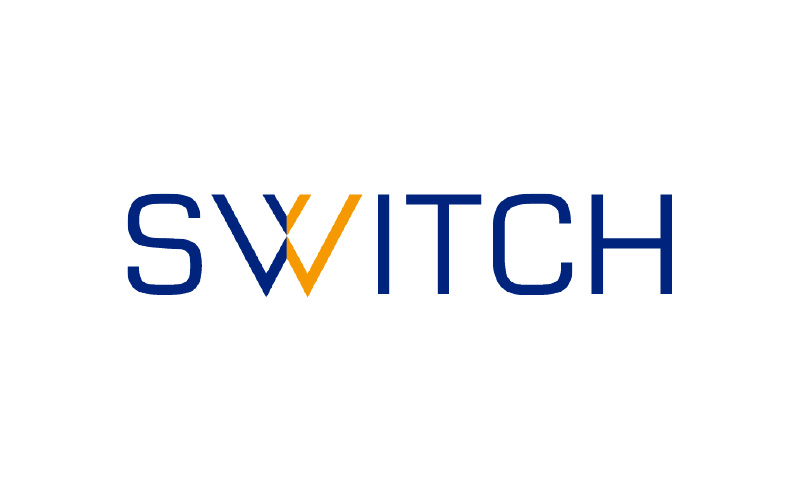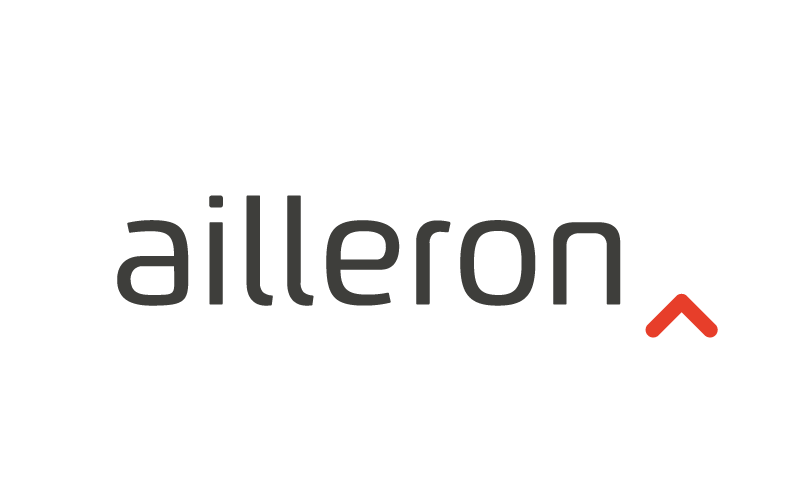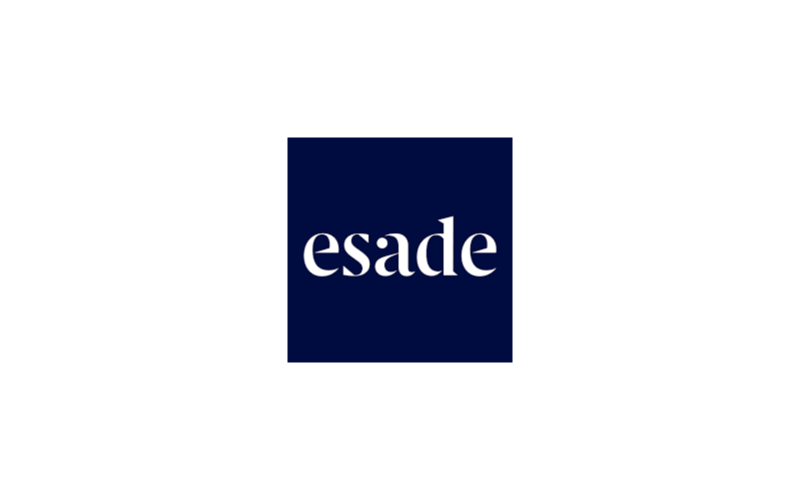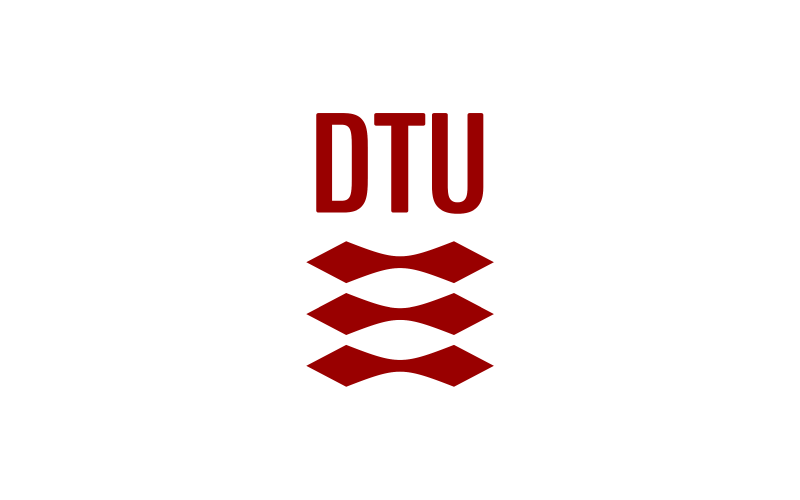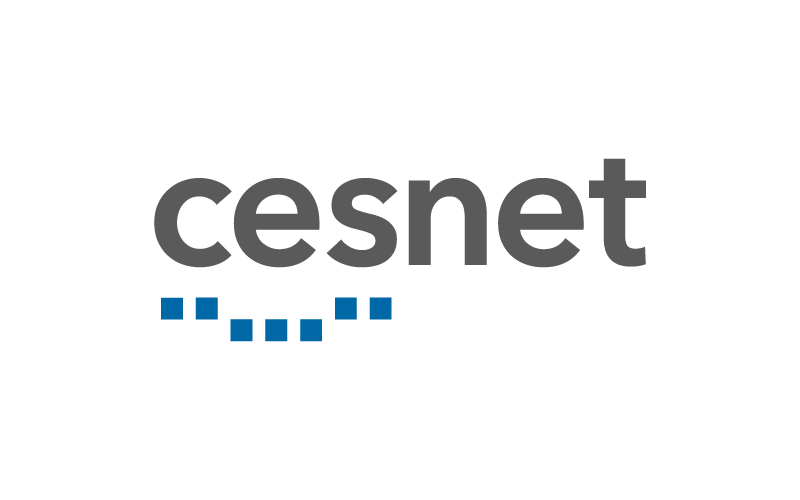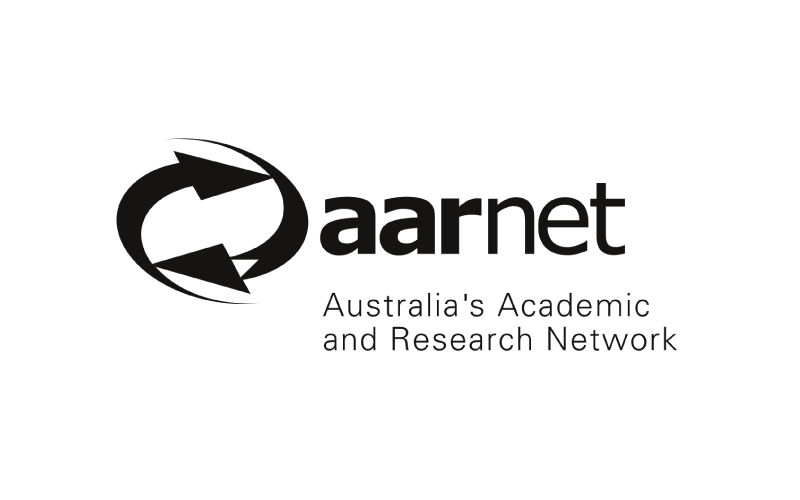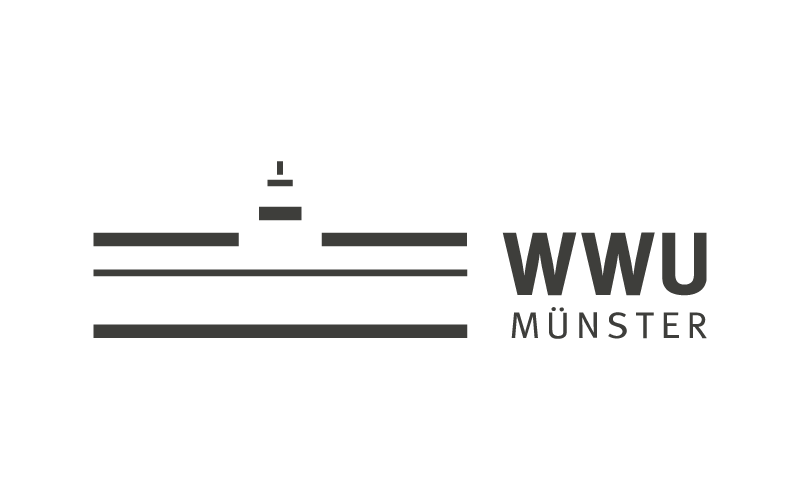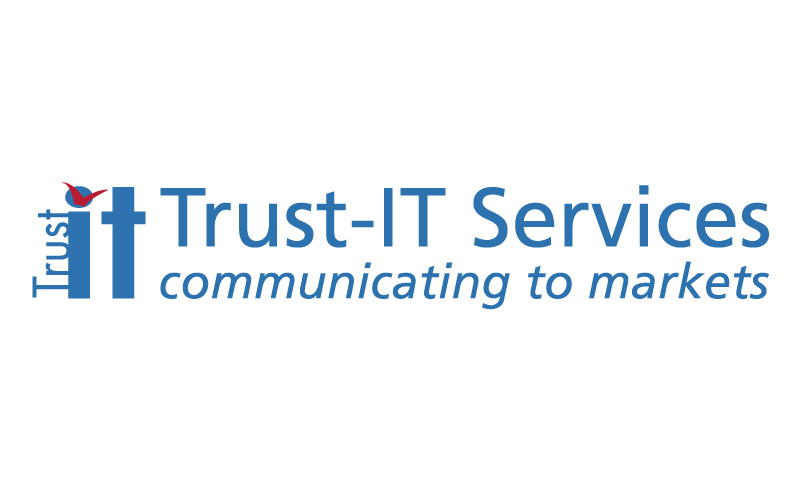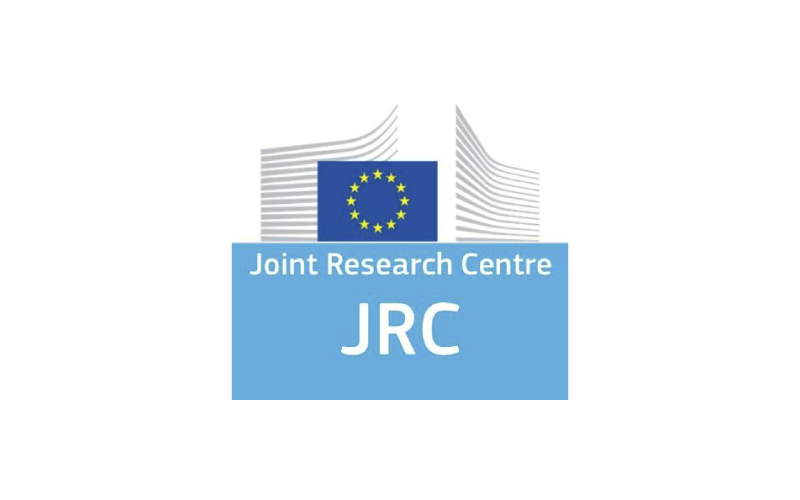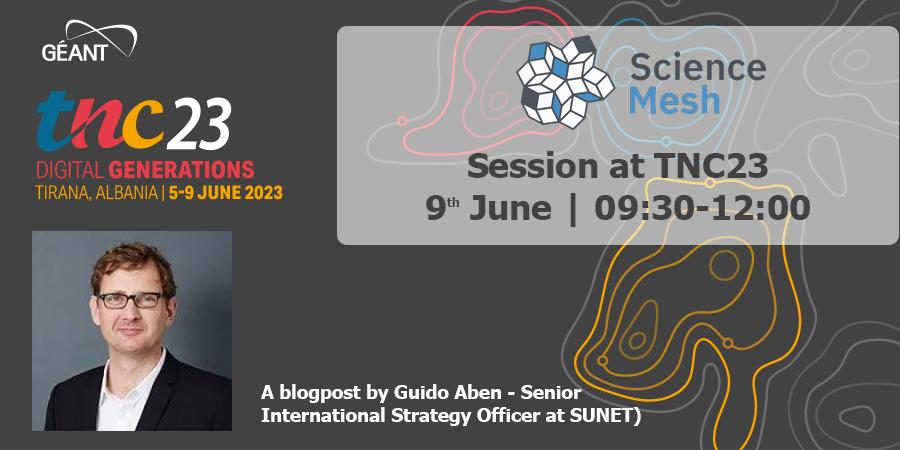
- 03 July 2023
During the previous TNC23 event, which took place in in Tirana from 5-9 June 2023, the CS3MESH4EOSC organised a 2-hour session "Science Mesh – Global Platform for Scientific Collaboration”, on 9th June from 9:30 till 12:00.
This session provided an overview of the functionality and technical innovation of the ScienceMesh, as well as how the audience can join the mesh and contribute their nodes and sites to it. The session also counted with live-demonstrations of ScienceMesh functionalities.
Guido Aben (Senior International Strategy Officer at SUNET and involved in CS3MESH4EOSC project), who was in Tirana and one of the presenters, provided an overview of the outcomes of the session in the blogpost provided below, where he recaps the topics discussed during the session.
For more information, please check the event recording and download the presentations
Blogpost
In spite of the slot allocated —being on the last day, after the closing plenary— we were still greeted by a turnout of about 20 people. A good representation of regions and facilities could be observed; prominent ones, namely JISC, SURF, University of Vienna, RNP, ASREN, ASNET-AM.
Generally the audience were lively and responsive; particularly when we discussed content related to “Users and Applications”, various members of the audience engaged to voice how useful they thought it would be to present advanced tooling (e.g., JupyterLab) on top of relatively low-barrier-of-entry platforms (the EFSS mesh).
Even though we had already covered the general concepts of the mesh –formed by linking up existing nodes, it was in fact only at this point that the audience began to properly appreciate the value of the proposition. We decided to take the time to go once again over a few of the tenets previously covered at this point (e.g. how the majority of running costs were covered by national / institutional funding committed to individual nodes, and how as a result most operational decisions were devolved as well).
A participant from SURF asked whether it was well-considered to “copy” so many features in on-prem mode (e.g. Collaborative Documents editors) when there were market solutions available. In response, we were able to explain that a principal point of the CS3API was to make “the collective of participating nodes” appear like one cloud with one API to the outside world, and that therefore the ScienceMesh could be inserted into EOSC, or presented as one single cloud entity. To our delight, this answer didn’t just satisfy the audience, it actually made them think of more scenarios. In that light, we were also able to present our work on the EGI-ACE project as a cloud-to-cloud brokering exercise, which was greeted with approval.
Some comments addressed the data movement and repository expunge functionalities; the remark was that in some cases and at some operators, tooling was already in place (e.g RUCIO, globus and bespoke metadata deposit mechanisms were mentioned). We argued that the ScienceMesh only aims to put sane defaults into place that users “who happen to be on the platform anyway” must be able to use without any training at all, and that no participating node in the ScienceMesh is required to run any of the Key Exploitable Results (KERs); they are optional. Nor do we make a claim that “our” KERs are better suited to the task than are local tool choices; we have at the project level made particular tech choices such as FLOSS-first, license-free, and API-centric which may be less important to participating nodes. This answer appeared to satisfy the audience quite well, and it was generally agreed that for the long tail of users, the problem is to make them use any tooling at all; which in turn makes platform reach more important than platform elegance and/or niche fit.
Several audience members reported that they would investigate the opportunity for their instutitional EFSS to beging the onboarding process onto the Mesh (e.g., University of Vienna and RNP).
The member from JISC asked whether the ScienceMesh particpants could recommend a SaaS solution compliant with the ScienceMesh and whether we had reached out to any of the existing cloud EFSS providers to test their appetite for making the cloud offering OCM/cs3api compliant. We referred to the situation at SUNET; and that while we had indeed performed outreach to several cloud providers, notably Dropbox, the actual traction gained was very limited indeed, which was met with sympathetic murmuring and understanding smiles from the audience.
Finally, the proposals and suggestions we presented on our plans around governance raised no eyebrows, which on a Friday morning amounts to a seal of approval.








